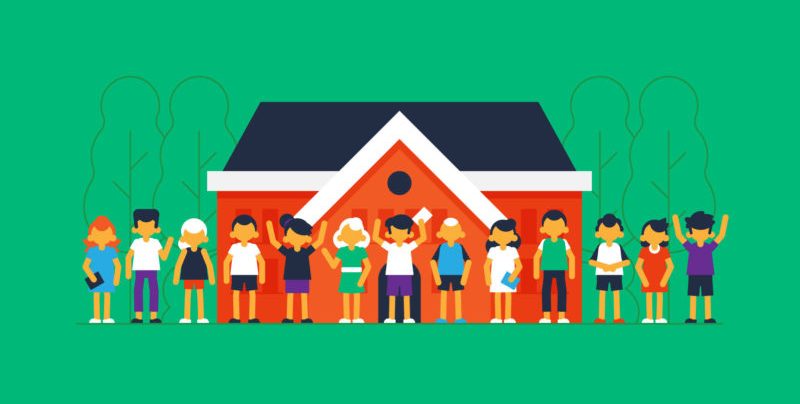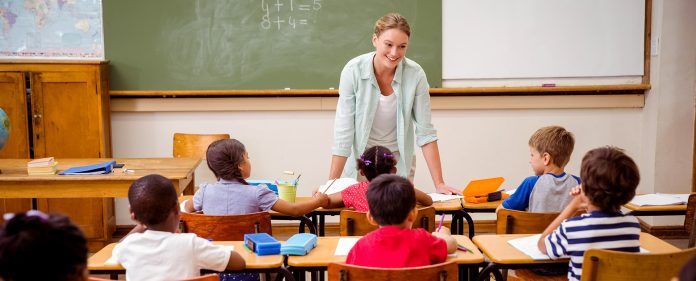- The school across the country is slowly reopening after almost two years since the Covid pandemic forced it to shut down and learning went online. As every sector of the economic activities is allowed to resume following restrictions, the education sector is witnessing the buzz around its campuses as the students flock in greater numbers. Understandably, different states are adopting different measures suiting prevalent ground situations. It is interesting to note that some states have allowed 100% capacity in the schools from grade 1 onwards, while several others are adopting a cautious approach by allowing 50% capacity.

PC: Hanna Melnick
- Whatever the modus operandi, the very mention of students stepping into the school campus should bring cheer to all concerned. Make no mistake, authorities are right to err on the side of caution, and the phased reopening of schools, allowing staggered opening with higher grades followed by lower ones, is a sensible idea. Of course, the apprehension about the possible third Covid wave striking with vengeance still exists. Therefore, the standard operating procedures of every state laying great emphasis on observing the Covid appropriate behavior is of paramount importance.
- Ensuring all academic and non-academic staff fully inoculated with two vaccine doses is also a worthwhile measure that will go a long way in assuaging the scared parents worried about their ward’s safety and health. All stakeholders will be expected to ensure the SOPs are strictly adhered to. As experience suggests, the hybrid model combining offline and online classes is not only challenging but also serves as a hindrance in the effective pedagogy itself. Apart from the huge costs involved in setting up adequate information technology infrastructure to accommodate hybrid learning, asking teachers to conduct effective classes following the hybrid model is also no less challenging.

PC: Education World Forum
- The purely online classes threw up issues such as poor learning outcomes, unreliable internet connectivity, and the digital divide between rich and poor students was also quite stark rendering the endeavor to serve only a small percentage of the student community. The hybrid model does little to mitigate the mentioned challenges rather than leading to unnecessary confusion thereof. Ask any teacher, as teaching online and offline classes are totally different closely related to the eventual outcome as well. Imagine a scenario if half the students are coming to school and the other half logging on from home, addressing both sets will require teachers to smoothly transition from offline to online teaching mode in real-time.
- A better option would be to adopt a rotational policy where 50% of students attend physical classes on certain days of the week, while the other 50% attend school on the remaining days. Of course, vaccination for children in India is yet to commence and the regulators should speed up the necessary approvals. Why should the children keep waiting for months to receive vaccines? A survey of around 1,400 underprivileged schoolchildren across 15 states has shown that pandemic-related school closures have created a four-year-long learning deficit. In other words, we are potentially looking at a partially lost generation here unless schooling is normalized as fast as possible.






